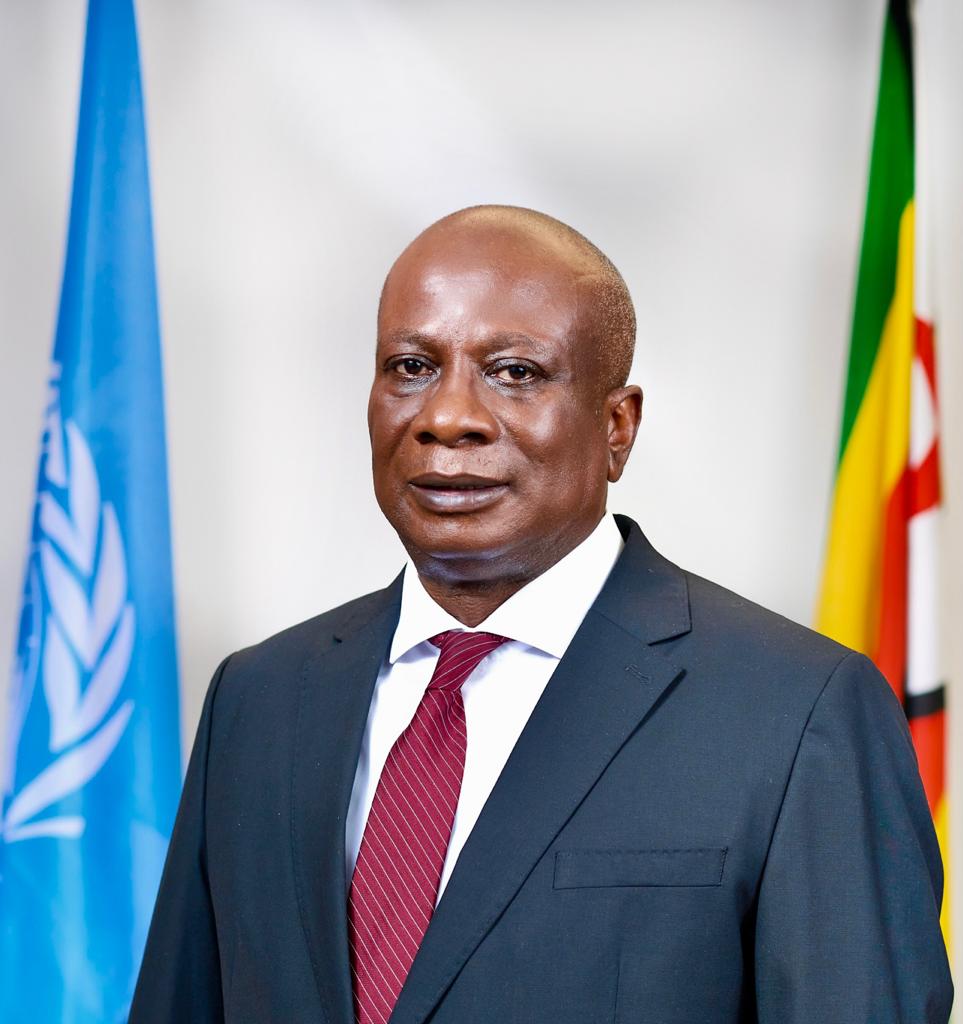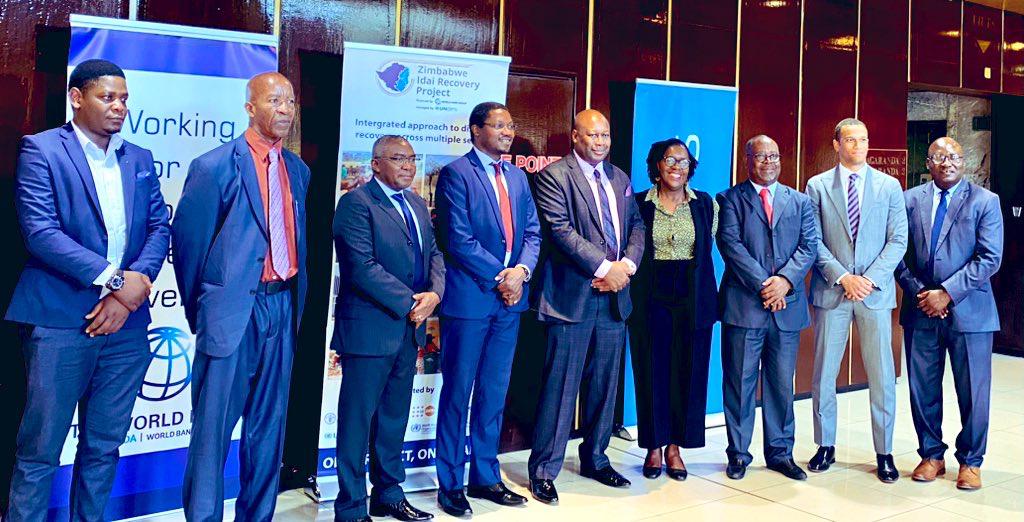|
Getting your Trinity Audio player ready...
|
Multi-stakeholder collaboration ensured the success of the Zimbabwe Idai Recovery Programme, a senior United Nations official has said.
UN Resident and Humanitarian Coordinator, Mr. Edward Kallons made the remarks virtually that were delivered at the end of the Zimbabwe Idai Recovery Programme Event held at the Rainbow Towers Hotel in Harare.

He reiterated UN partnerships and solidarity while highlighting community resilience through the Zimbabwe Idai Recovery Programme.
Today marks the official end of the four-year Zimbabwe Idai Recovery Programme.
“From the outset allow me to thank the Ministry of Local Government, Public Works, and National Housing; Civil Protection Department, the local authorities, and communities in the affected areas for their partnerships with the UN and their active participation in guiding the programme to its successful conclusion.
“My appreciation also goes to the World Bank for the generous US$ 72 million grant that enabled the UN agencies to work together and deliver services for and restore the dignity of the Cyclone Idai affected communities. I commend and congratulate our participating UN entities: UNOPS, FAO, IOM, UNESCO, UNFPA, UNICEF, WFP and WHO for delivering various social services, food security, health, protection, economic and community services and infrastructures,” Mr. Kallon said.
The UN Senior official had firsthand observation of the integrated Zimbabwe Idai Recovery Programme during his visit, last year, to the hardest hit towns, villages, farms, schools, health facilities in Chimanimani and Chipinge districts.
He said over the past four years, the Zimbabwe Idai Recovery Programme was guided by the “build back better” principle of the Sendai Framework together with the other 2030 Agenda for Sustainable Development, including The Paris Agreement on Climate Change, The Addis Ababa Action Agenda on Financing for Development, and The Sustainable Development Goals.
Mr. Kallon said the Recovery Programme has had the full engagement of the Government at all levels and ensured the complementarity of public, private and other stakeholders’ investments.
The UN Idai recovery programme has delivered concrete results that have not only supported communities to stand on their feet but also built better social and community infrastructures that can withstand future shocks.
He added that the results achieved under the Zimbabwe Idai Recovery Programme were made possible because of the strong collaboration and coordination among participating UN agencies that brought to bear the full strength and speciality of the UN family and the adoption of cost-effective innovations, sustainability, and community ownership implementation approaches.
“The recovery programme has demonstrated that when UN agencies work together, we deliver more than the total sum of the individual agencies due to resultant synergies.
“In this regard, the programme offers a unique opportunity for us to draw lessons as Government, UN, and partners work on anticipatory action plans modelling on humanitarian-development-peace nexus to ensure effective disaster risk reduction and management.”
He emphasized the criticality of anticipatory action and community resilience in the face of multiple challenges that Zimbabwe is currently confronting. These include the looming El Nino-induced drought, natural disasters like cyclones, and disease outbreaks such as cholera that would severely impact the nation, leaving vulnerable communities even more exposed to the devastating effects of these crises.
Anticipatory action, as envisaged within the Sendai Framework, presents a forward-thinking approach to disaster management, encouraging nations to proactively prepare for impending challenges.
In Zimbabwe, this approach becomes ever more crucial as the country grapples with looming El Nino-induced drought and the ever-unpredictability of weather patterns, exacerbated by the effects of climate change. By utilizing early warning systems and investing in preparedness measures, stakeholders can minimize the impact of these disasters and save lives.
However, anticipatory action alone is not enough, Mr. Kallon said. Continuous building of community resilience is equally imperative. It is essential that no one is left behind in the planning and implementation of resilience-building strategies.
This means ensuring that the most marginalized and vulnerable populations, including women, children, the elderly, and those living in remote areas, are actively involved in decision-making processes and have access to the necessary resources and support.
By adopting a people-centred approach, stakeholders can empower communities to better withstand and recover from disasters. This can be achieved by implementing livelihood diversification programmes, enhancing access to quality education and healthcare, and promoting sustainable and inclusive economic development. Strengthening social safety nets and establishing robust early warning systems can also contribute to reducing vulnerability and enhancing resilience at the community level.






